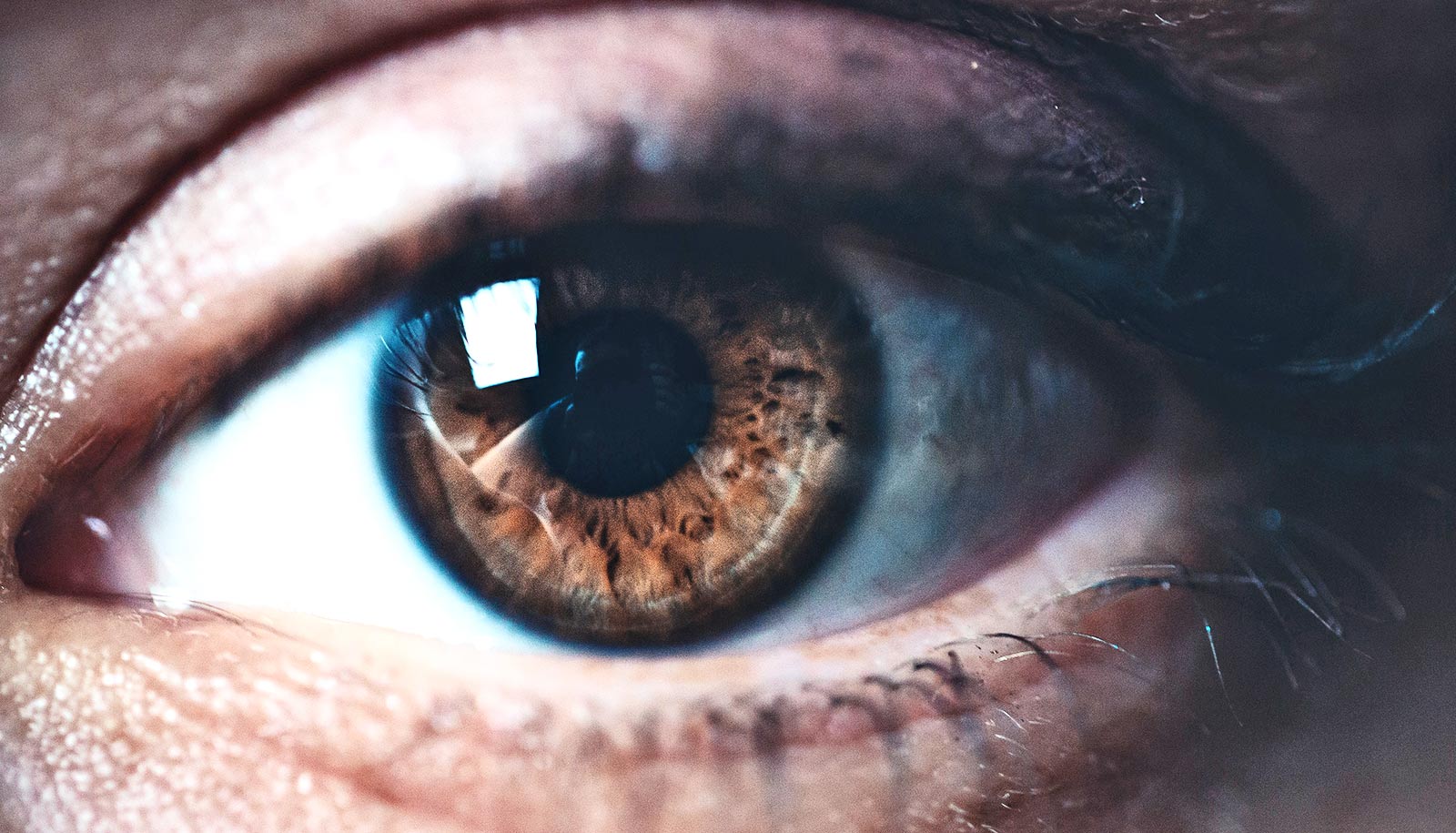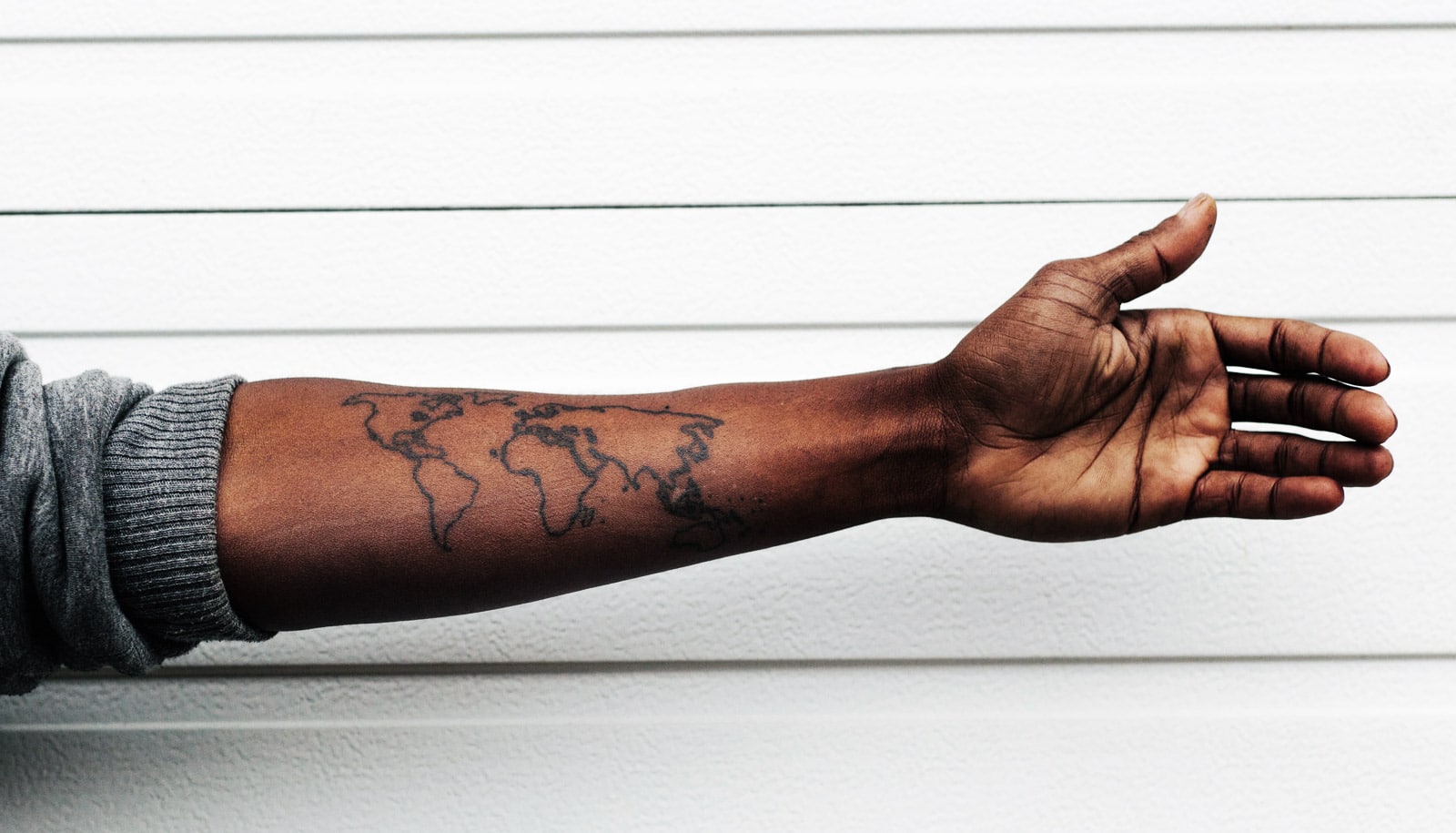A new artificial intelligence system could help pathologists read biopsies more accurately, and lead to better detection and diagnosis of breast cancer, researchers say.
Doctors examine images of breast tissue biopsies to diagnose breast cancer. But the differences between cancerous and benign images can be difficult for the human eye to classify. The new algorithm helps interpret them, and does so nearly as accurately or better than an experienced pathologist, depending on the task.
“This work concentrated on how to capture the characteristics of the different diagnostic classes by analyzing the pattern of the tissue classes surrounding the ducts in whole-slide images of breast biopsies,” says coauthor Linda Shapiro, a professor in the Paul G. Allen School of Computer Science & Engineering and the electrical and computer engineering department at the University of Washington.
“My doctoral student, Ezgi Mercan, invented a novel descriptor called the structure feature that was able to represent these patterns in a compact way for use in machine learning.”
Faulty diagnoses
An earlier study from the University of Washington School of Medicine found that pathologists often disagree on the interpretation of breast biopsies, which millions of women undergo each year.
The study revealed that diagnostic errors occurred for about one out of every six women who had a noninvasive type of breast cancer called “ductal carcinoma in situ.” In addition, for about half of women with abnormal cells associated with a higher risk for breast cancer—a condition called breast atypia—received incorrect biopsy diagnoses.
“Medical images of breast biopsies contain a great deal of complex data, and interpreting them can be very subjective,” says coauthor Joann Elmore, a professor of medicine at the University of California, Los Angeles, who was previously a professor of internal medicine at the University of Washington.
“Distinguishing breast atypia from ductal carcinoma in situ is important clinically, but very challenging for pathologists. Sometimes doctors do not even agree with their previous diagnosis when they are shown the same case a year later.”
Beyond breast cancer
The scientists reasoned that artificial intelligence could provide more accurate readings consistently. It uses a large dataset that makes it possible for the machine learning system to recognize patterns associated with cancer that doctors may find difficult to see. After studying the strategies that the pathologists used during breast biopsy interpretations, the team developed image analysis methods tailored to address these challenges.
The team fed 240 breast biopsy images into a computer, training it to recognize patterns associated with several types of breast lesions, ranging from noncancerous and atypia to ductal carcinoma in situ and invasive breast cancer. A consensus of three expert pathologists determined the correct diagnoses.
To test the system, the researchers compared its readings to independent diagnoses made by 87 practicing US pathologists who interpreted the same cases. The algorithm came close to performing as well as human doctors in differentiating cancer from non-cancer.
But it outperformed doctors when differentiating ductal carcinoma in situ from atypia, correctly diagnosing pre-invasive breast cancer biopsies about 89% of the time, compared to 70% for pathologists.
“These results are very encouraging,” Elmore says. “There is low accuracy among practicing pathologists in the US when it comes to the diagnosis of atypia and ductal carcinoma in situ, and the computer-based automated approach shows great promise.”
The researchers are currently working on training the system to diagnose skin cancer.
Mercan is first author of the paper, which appears in JAMA Network Open. Additional authors are from the University of Washington, Southern Ohio Pathology Consultants, and the University of Vermont. The National Institutes of Health funded the work.
Source: University of Washington


